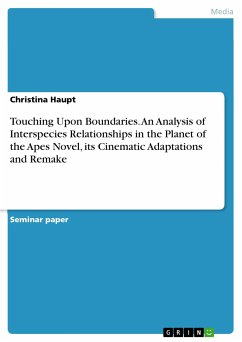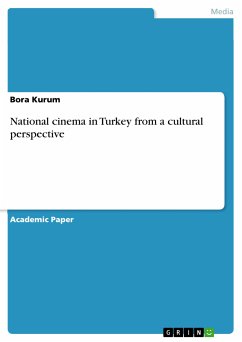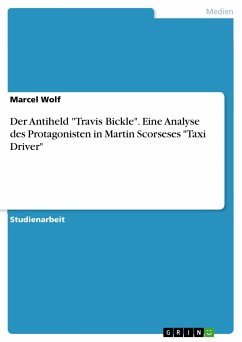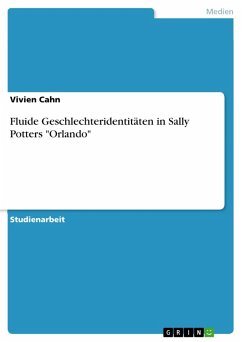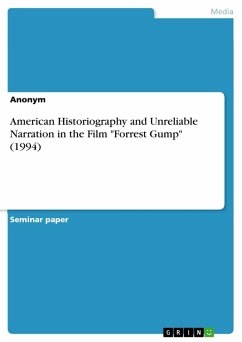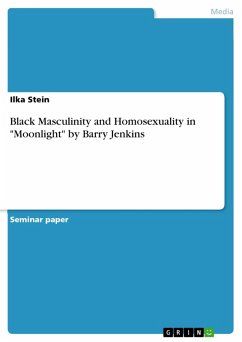Seminar paper from the year 2019 in the subject Communications - Movies and Television, grade: 1,30, University of Passau (Professur für Anglistik/Cultural and Media Studies), course: Remakes, language: English, abstract: "To linken human beings to beasts is to stress the animal within the man" (Jordan qtd. in Greene 50).This statement gets to the heart of the discussion about the relationship between apes and human beings in Pierre Boulle's French novel La Planète des Singes/Planet of the Apes , its first U.S.-American cinematic adaptation by director Franklin J. Schaffner and the homonymous U.S.-remake of 2001. Despite the texts' vast variety of discourses, of which most have been discussed extensively in the academic field, it is the aim of the present paper to focus solely on the question of how the relationship between the ape and human species is presented in PotA (1963), PotA (1968) and PotA (2001) with regard to the construction and challenging of limitations. The aim is to demonstrate that, despite the persistence of interspecies boundaries, the texts clearly progress in bringing the species closer together. In recent years, the rising awareness of human beings' close kinship to other primates as well as the ongoing extinction of species2 have made it more relevant than ever before to study and, thus, preserve biodiversity of apes. The three texts mentioned above contribute to an understanding of the development of human-ape kinship over the past decades by illustrating "the human in the animal and the animal in the human" (Balaschak 20) in unique ways. The paper's approach is to, firstly, embed the texts in their historical and cultural environment by considering the impact of primatology and contemporary socio-political conflicts on the representation of the ape-human relationship. Then, attention is given tomeans of separating the species through the construction of intra- and interspecies hierarchies and the use of language to justify speciesism in the novel, its adaptation and the remake. This exploration is followed by an analysis of how these boundaries are challenged by taking a closer look at the respective interspecies relationships between the male human protagonist and the female chimpanzee lead. Ultimately, the paper closes with a summary of the results and, additionally, gives a brief outlook into the possible future direction of the ape-human evolution and impulses for further research.
Dieser Download kann aus rechtlichen Gründen nur mit Rechnungsadresse in A, B, BG, CY, CZ, D, DK, EW, E, FIN, F, GR, HR, H, IRL, I, LT, L, LR, M, NL, PL, P, R, S, SLO, SK ausgeliefert werden.

